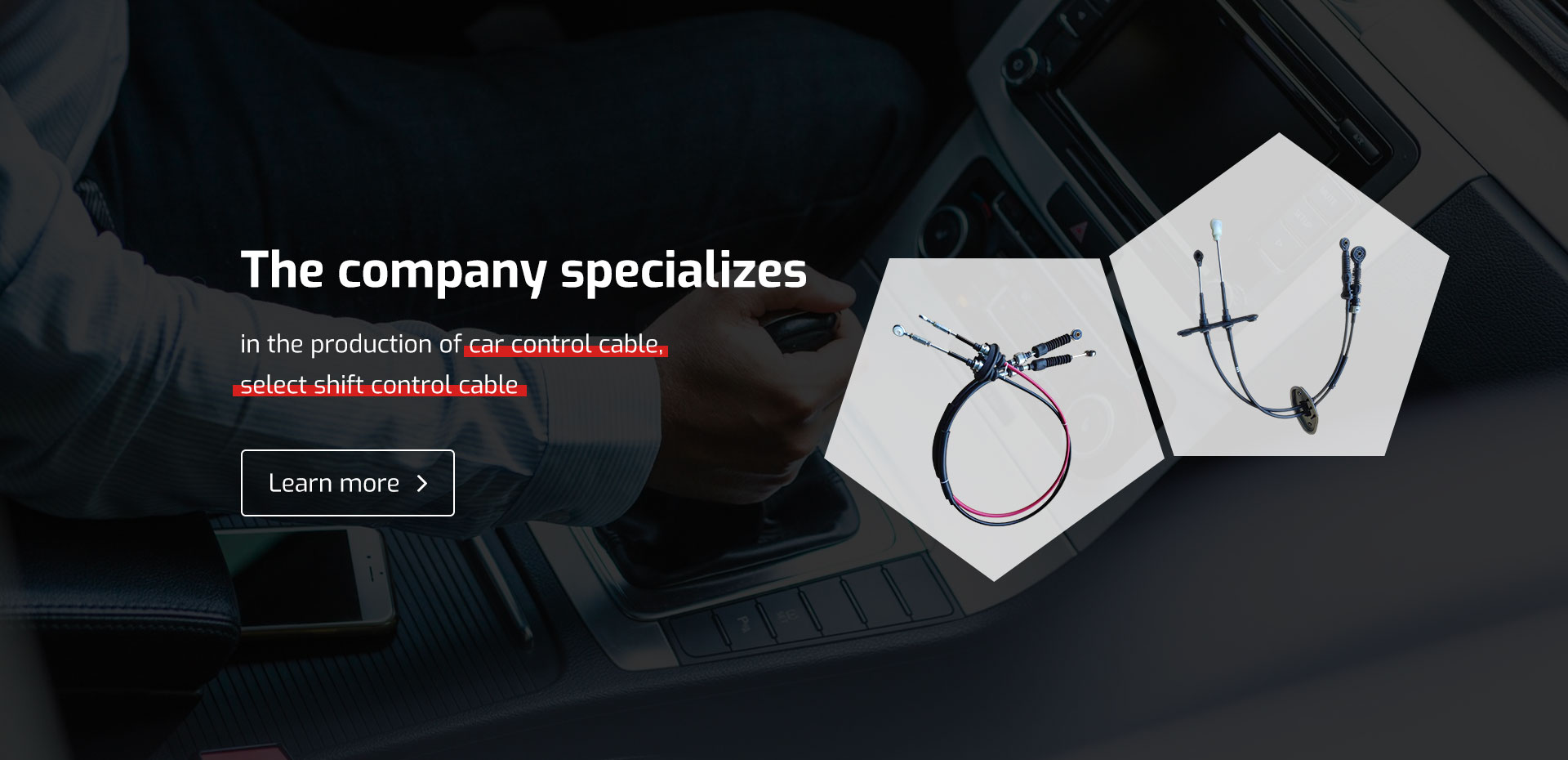Hydraulic Line for Clutch Slave Cylinder Performance and Maintenance Tips
Understanding the Clutch Slave Cylinder Hydraulic Line
The clutch slave cylinder hydraulic line plays a critical role in the operation of a vehicle’s manual transmission system. It is a crucial component in the hydraulic system that allows the driver to engage and disengage the clutch with ease. Understanding its function, components, and maintenance can help car owners ensure smooth shifting and prolong their vehicle's lifespan.
What is the Clutch Slave Cylinder?
The clutch slave cylinder is part of the hydraulic clutch system, which primarily consists of the clutch master cylinder, the slave cylinder, and the hydraulic line connecting the two. When the driver presses the clutch pedal, the master cylinder generates hydraulic pressure, which is transmitted through the hydraulic line to the slave cylinder. The slave cylinder then pushes the clutch fork, disengaging the clutch and allowing the driver to shift gears smoothly.
The Importance of the Hydraulic Line
The hydraulic line serves as the conduit for the hydraulic fluid that enables this process. It must be robust and resistant to pressure since it operates under the intense environment of a working vehicle. Typically constructed from durable materials, the hydraulic line can withstand fluctuations in pressure and temperature. Proper functioning of the hydraulic line is essential, as any leaks, cracks, or blockages can lead to failure in the shifting mechanism.
Common Issues with the Hydraulic Line
clutch slave cylinder hydraulic line

Several common issues can occur with the clutch slave cylinder hydraulic line, which can hinder clutch performance. One of the most prevalent problems is fluid leaks. Over time, the hydraulic line can develop cracks or loose connections that allow hydraulic fluid to escape. This can result in a soft or unresponsive clutch pedal, making it difficult or impossible for the driver to shift gears.
Another issue is air ingress into the hydraulic system. If there is a leak, air can enter the system, leading to a spongy feel in the clutch pedal. This can make precise shifting challenging and may require the system to be bled to remove the trapped air.
Maintenance and Care
Regular maintenance of the hydraulic line is essential for ensuring smooth operation of the clutch system. Vehicle owners should periodically inspect the hydraulic line for any signs of wear and tear, such as cracks or corrosion. If any damage is detected, it is crucial to replace the line promptly to avoid complications.
In addition, checking the hydraulic fluid level and quality is vital. Contaminated or low fluid levels can adversely impact system performance. If the fluid is old or dirty, it should be replaced with the manufacturer-recommended hydraulic fluid to maintain proper function.
Conclusion
In conclusion, the clutch slave cylinder hydraulic line is a vital component in the manual transmission system of a vehicle. By understanding its functions and the potential issues that can arise, vehicle owners can take proactive steps to maintain it properly. Ensuring a well-functioning hydraulic line leads to better clutch performance, providing a smoother driving experience. Regular inspections and timely maintenance are key to preventing problems, ensuring that drivers can engage and disengage their clutches effortlessly for many miles to come.
-
Upgrade Your Vehicle with High-Quality Handbrake CablesNewsNov.01,2024
-
Optimize Your Bike's Performance with Quality CablesNewsNov.01,2024
-
Enhance Your Vehicle's Performance with Quality Clutch ComponentsNewsNov.01,2024
-
Elevate Your Vehicle's Performance with Quality Throttle CablesNewsNov.01,2024
-
Elevate Your Vehicle's Performance with Quality CablesNewsNov.01,2024
-
Affordable Solutions for Your Cable NeedsNewsNov.01,2024
